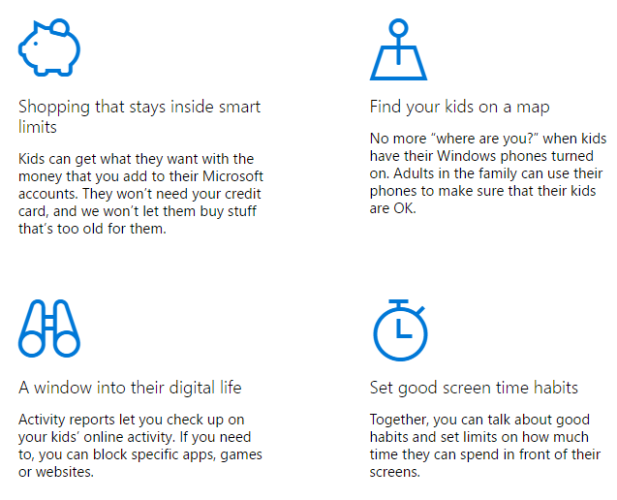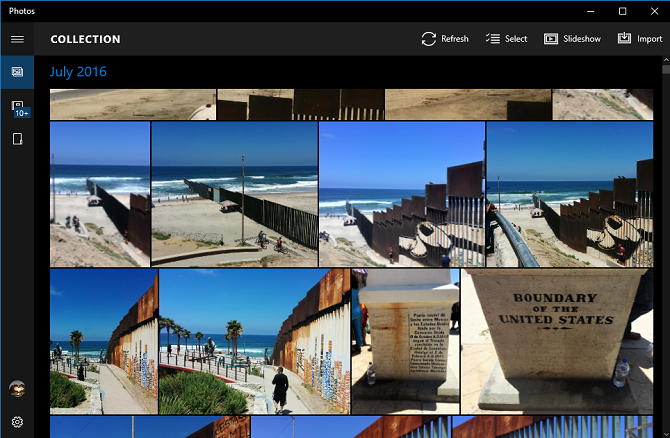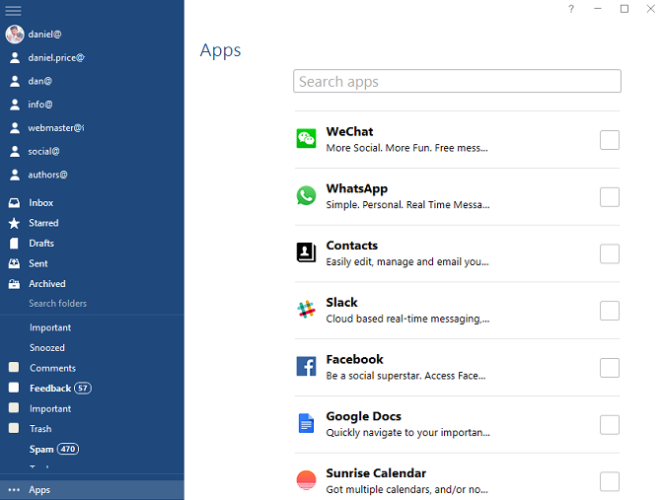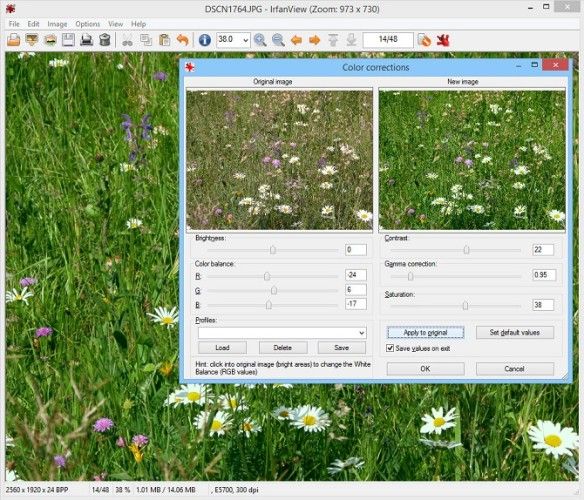How do you view your photos on Windows? What app do you use if you want to make simple edits to a video? And which app are you relying on for your desktop email client? For lots of you, the answer will be one of the Windows Essentials programs.
The package has been a staple of Microsoft's operating system for a decade -- but it's coming to an end. On the Windows Essentials download page, the company has announced support for the suite will be stopped on January 10, 2017.
In this piece, I take a look at what's missing from Windows 10, what the future holds for the remaining apps, and what you can use instead.
A Brief History
Windows Essentials first hit our screens back in August 2006. It was designed to be a suite of apps and services that completed the Windows experience with some important utilities.
Several apps have come and gone in the intervening ten years (who remembers Windows Live Dashboard, Microsoft Office Outlook Connector, Mesh, Windows Live Messenger, or Messenger Companion?!).
We're now on the fifth version of the suite, and we're left with six simple programs:
- Photo Gallery
- Movie Maker
- Writer
- OneDrive
- Family Safety
What Currently Works on Windows 10?
Only four of those six apps will work if you're running Windows 10.
Since Windows 8.1, OneDrive has been integrated with the operating system and is no longer a standalone app. It now sits in your system tray and is constantly syncing the files and folders you select.
Family Safety only works with the rapidly-aging Windows 7. Microsoft Family Features replaced it on Windows 10. You can set up your account by visiting account.microsoft.com/family and following the onscreen instructions.
What Does the Future Hold?
Microsoft's announcement that support will be ended at the start of 2017 is the death-knell for the service, but it doesn't necessarily mean you cannot keep using the individual apps -- at least for now.
However, much like Windows XP, continuing to use them beyond the cut-off is not a sensible idea. Bugs will appear as Microsoft continues to upgrade the Windows operating system, no new features will be added, and they'll become a magnet for hackers and cyber-criminals who are looking for new weak points to exploit.
So what should you do?
The Universal Apps
The Windows Store has become infinitely better over the last couple of years. It's easier than ever to identify worthwhile content and the security issues have been mostly fixed. Best of all, developers will now be able to offer their desktop apps through the portal for the first time -- a move that brings the Windows offering into line with the Apple equivalent.
However, Microsoft's replacement products are not desktop apps -- they're Universal Apps. It means they're lacking a lot of the features and ease-of-use that the Essentials apps provided.
The Photos app is cumbersome to use and slow to open, the Skype apps are a poor imitation of the desktop equivalents, Outlook isn't as slick as Mail, and Microsoft simply hasn't released a replacement for Movie Maker or Writer.
The demise of Writer is somewhat understandable, but the lack of a native video editor is a glaring omission.
Third-Party Alternatives
Faced with the end of Windows Essentials and poor alternative offerings from Microsoft, you don't really have a choice. You'll need to look to third-party solutions.
Here's a very brief look at a couple of popular alternatives for the three most important Windows Essentials apps.
Replace Mail
Luckily, desktop email clients have undergone a resurgence in the last few years, and there are now lots of great ones available.
I use Mailbird and can highly recommend it. It looks great, it comes with lots of integrated productivity apps, and it's fully customizable.
Mozilla has largely abandoned their much-loved software, but it's been kept alive by the community. It offers multi-channel chat, tabbed emails, web search, and powerful security features.
Replace Photo Gallery
It's easy to find desktop apps that are simple to use, but offer even more functionality than Photo Gallery.
IrfanView has been around since Windows 98 so has grown up alongside the operating system. A large number of image file formats are natively supported and the list can be extended with plugins. It can also play some video and audio formats.
The best thing about Imagine is its size -- the app's footprint is only 1 MB. As a result, it's lightning fast, even though it's not short of features.
(Warning -- The website looks very basic, don't be put off!)
Replace Movie Maker
It's important to stress that if you're a serious video editor, even the best free options will probably not be sufficient. If you just want to edit the family Christmas video, they should be fine.
Did you know that the guys behind the hugely popular VLC Media Player also make a free video editing app? Like the video player, it'll read everything and export to most formats.
VirtualDub has been designed to process AVI files, although it can also read MPEG-1 and sets of BMP images. The menu bar, info panel, and status bar are all easy to understand, even for beginners.
How Will You Deal With the End of Windows Essentials?
What's your plan for when Microsoft ends its support of the Essentials suite?
Are you planning to keep using the most important apps? Are you keeping your fingers crossed that Microsoft will release some new desktop replacements between now and the end of the year? Or are you ready to take the plunge with third-party alternatives?
Let us know your ideas and thoughts in the comments below.
Image Credit: Iaroslav Neliubov/Shutterstock







